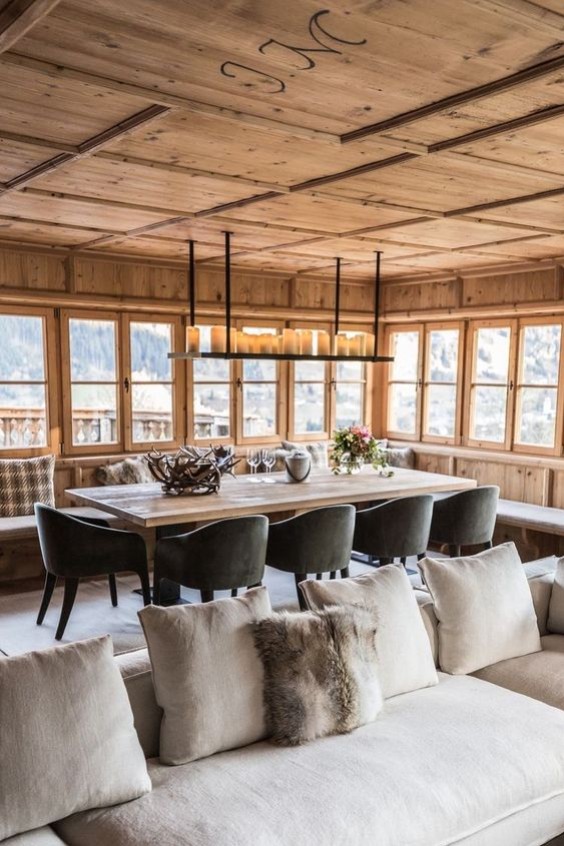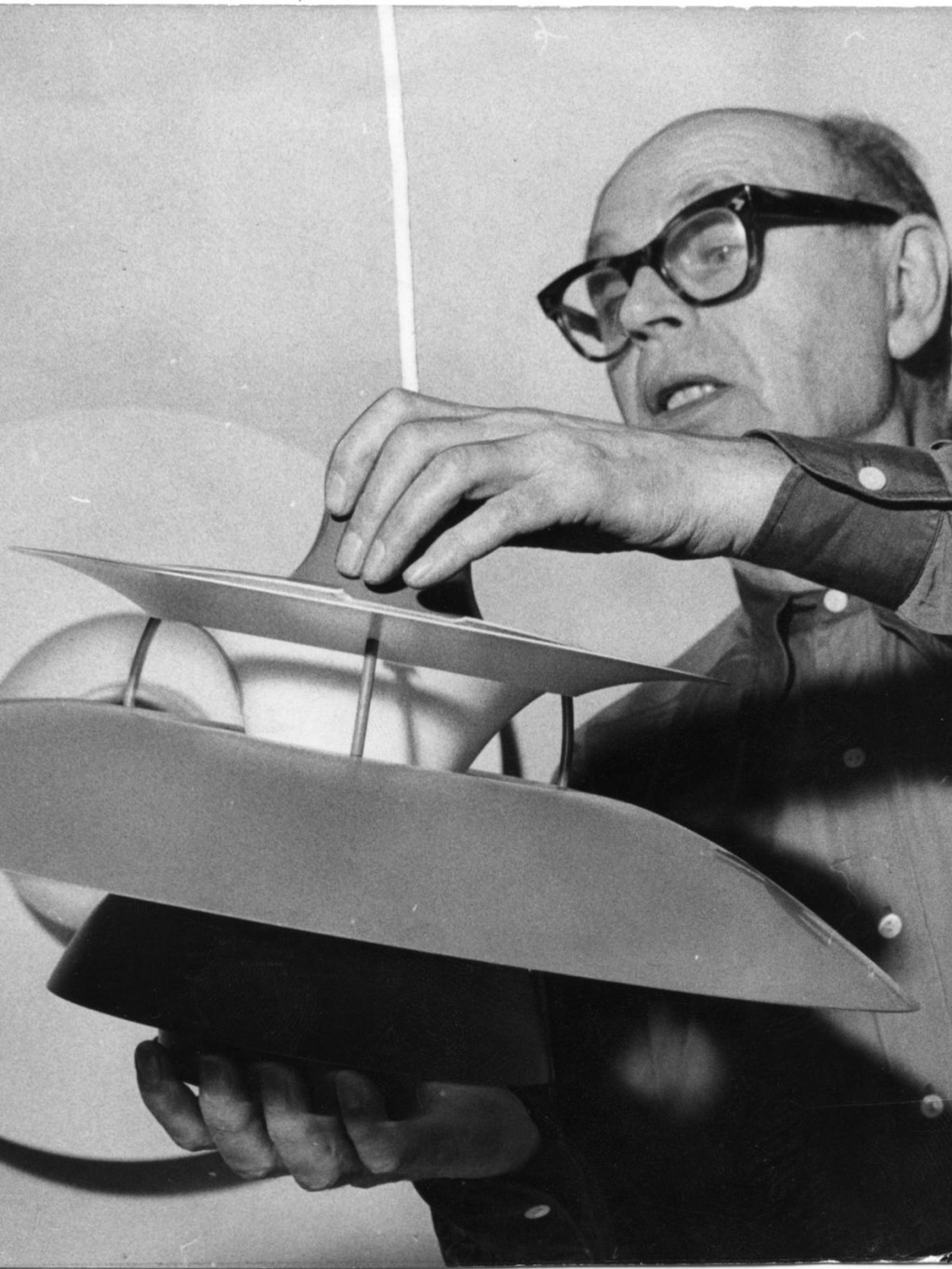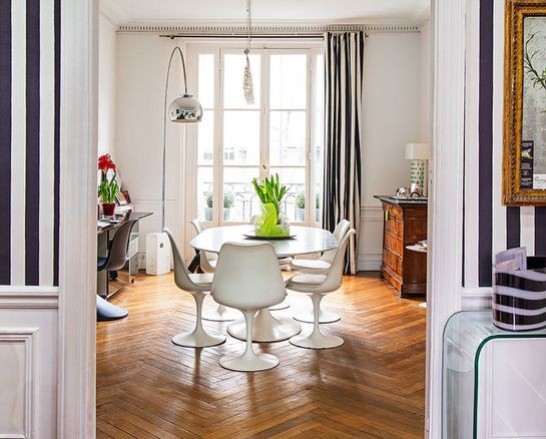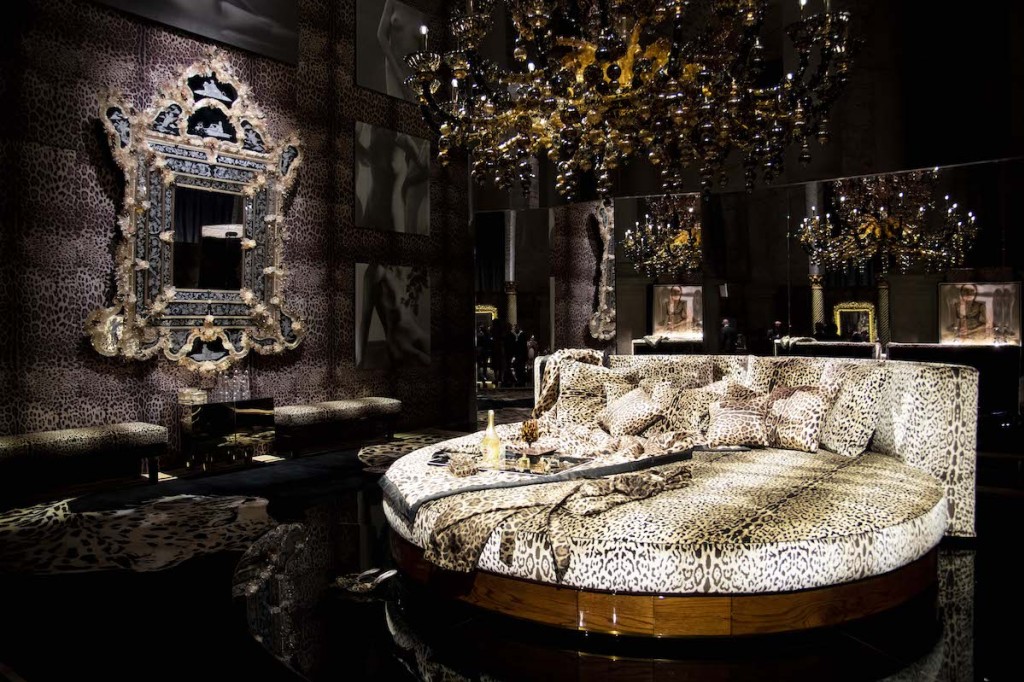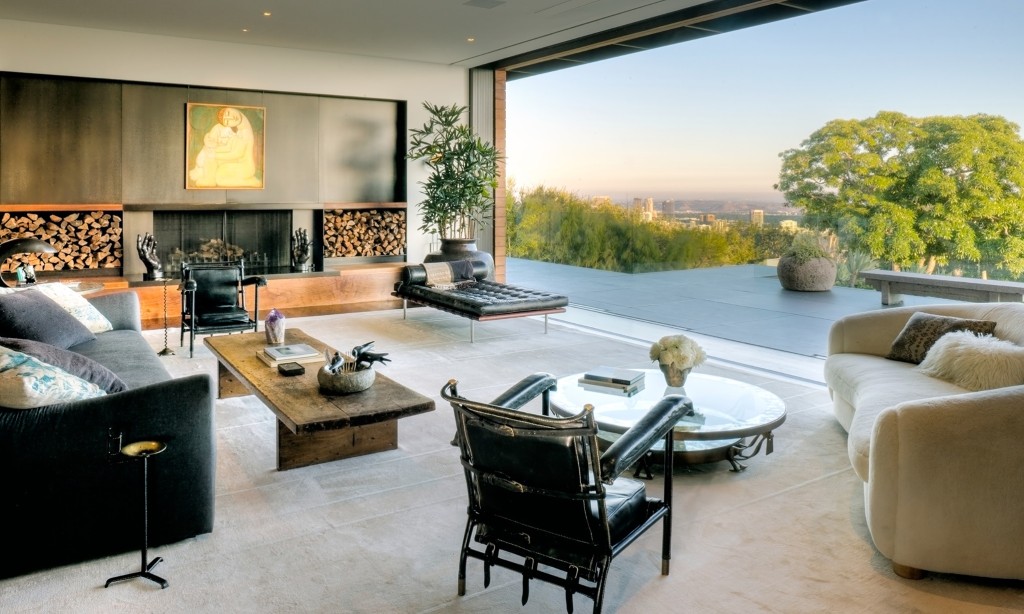Cees Braakman is not the best known name in Dutch design. If you ask connoisseurs of 20th century international design, they will spontaneously mention the radical style of the De Stijl movement with Gerrit Rietveld, or names associated with contemporary design in the 1990s and 2000s: the Droog Design company, designers Tejo Remy or Marcel Wanders. And yet, Cess Braakman embodies the revival of the Dutch post-war furniture industry. Along with other designers of his generation, he created functional, clean-lined furniture that was accessible to the masses. His career as an entrepreneur and designer is closely linked to the Dutch furniture manufacturer Pastoe, which he headed from 1948 to 1978. Focus on a work that deserves to be rediscovered...
Cees Braakmaan (1917-1995) was born in Utrecht. He got an early start in the furniture industry at the age of 17, at UMS (Utrechtse Machinale Chair and Furniture Factory), which designed furniture from Rotsoord, a neighborhood in the Dutch city of Utrecht. UMS was born in 1913 and Cees Braakman's father, DL Braakman (1885-1966), has been running the company since 1921.

© Pastoe

© Pastoe
Cees Braakman inherits a certain taste for innovation from his father. In the 1920s and early 1930s, DL Braakman wanted to produce innovative design. Unfortunately, this attempt resulted in commercial failures for UMS. In particular, the company had tried to market dismountable tubular steel chairs designed by architect HF Mertens (1885 - 1960), to no avail.
During the war, UMS was dismantled, but it restarted after the second world conflict and made a strategic decision: it decided to produce functional furniture that fit the needs of the home. An idea taken up for the company's new name, which becomes PasToe, in reference to "passe-partout" furniture.
In 1948, Cees Braakman succeeds his father as head of Pastoe, in charge of design. It was under his leadership and the need to supply a growing domestic market that the Dutch manufacturer would take off. The company is also benefiting from a national furniture craze crystallized around the Goed Wonen ("Good Living") Foundation, which advocates for the distribution of furniture with attractive design to the general public.
According to the foundation, furniture should be of high quality, practical, comfortable and without frills. That's why Cees Braakman is developing several popular furniture lines for Pastoe, characterized by clean, elegant lines that are perfectly proportioned and suitable for small spaces.





© Strabic
In line with the Goed Wonen Foundation's advocacy of inexpensive, user-friendly, flexible furniture that fit well in small Dutch homes, Cess Braakman offered geometric cabinet elements from the late 1940s onward that the consumer could change to create a cabinet of any size. The furniture in the Oak (oak, 1948) and Birch (birch, 1950) series are designed on this principle.


Like other designers of his generation, Cees Braakman went to the United States to learn about new design techniques. In particular, he is very interested in the experimental approach of the duo Eames who make pure forms by folding wood, as for the famous LCW and DCW Chairs. It was in this spirit that he in turn developed the SBO2 seat in the early 1950s.


In the Dutch context, it is interesting to note that Cees Braakman is not the only talented designer of his generation to revive interest in furniture design and production. His colleagues are Friso Kramer, Martin Visser, Cor Alons, Wim Rietveld (Gerrit's son) and Kho Liang Ie. Pastoe was not alone; other Dutch publishers and manufacturers made their mark: Artifort, of course, but also Gispen, Tomado, 't spectrum and Ahrend De Cirkel.
Active in the 1950s, Cees Braakman once again stood out for a remarkable innovation. In 1955, Pastoe specialized in flexible cabinet systems that consumers could assemble themselves. This innovative concept is developed in the Furniture-made-to-measure series. This system is based on a corner molding on which shelves and other pieces can be mounted in 4 directions. Consumers can use it to build their own cabinet and expand it later if needed.

© Ed Suister

Three years later, Cess Braakman strikes again. In 1958, he designed a series of conventional cabinets: U N, with a modest and sober design. A creation that became the trademark of the Dutch manufacturer.

In 1967, Braakman refined the principle of cabinets made of separate, stackable elements with the pastoe cube (1967) and the K 369 series (1971). Technological innovations are the basis for these clean-lined, geometric cabinet systems. A PVC-coated particle board is milled transversely, after which these panels can easily be folded into a cube. Award-winning inventiveness and boldness.


© Maxi studio Drent
Inventive and innovative, Cees Braakman designs simple, functional, comfortable without being cozy. Pieces that have nothing to envy to American, Scandinavian and Italian mid-century designs. If he imposes Pastoe as the reference editor in modular storage systems, he is also the creator of emblematic pieces of Dutch design that are the chair SM05 in steel wire (1958), the desk S33 (1958) or even the sideboard TM05 (1950s).


Known to the general public, Cees Braakman was nonetheless a talented designer who signed some of the most beautiful pieces of postwar Dutch design. Pastoe, the company he led for 30 years, still exists. The brand has survived him. Today it specializes in storage cabinets (sideboards, wall bookcases, base units) and still expresses a sober and classy design.


Francois Boutard




